the Best Homemade Basil Pesto
How to make the best homemade basil pesto! Nothing tastes better than this recipe full of fresh basil, garlic, olive oil and my own favorite cheese.
Homemade basil pesto is one of the summer’s greatest gifts. Basil is easy to grow and turning it into this delicious pesto couldn’t be easier. Freezing pesto is a fast way to store it so you can have a taste of summer during the cold winter months.
Have you ever grown basil? Nothing smells more like summer and it is a great herb for so many dishes.
Here is what you do when a wonderful friend gives you a trash bag full of garden-fresh basil straight from her garden. Or you may grow a lot yourself!
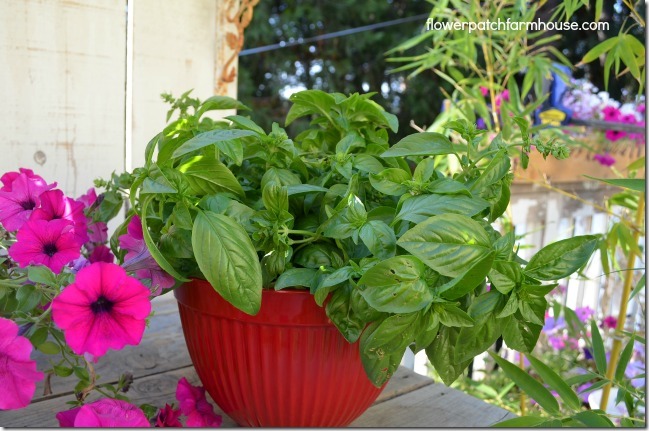
Wash the basil very well, bugs love it too and may tag along as you pick some and bring it in to make pesto.
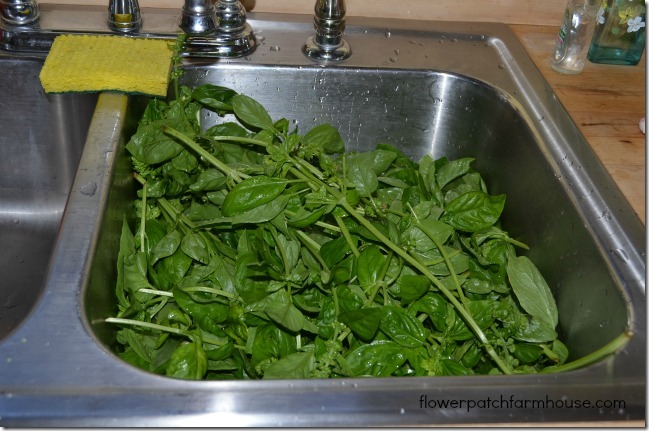
It takes some time to strip the leaves from the stalks if you have a lot to make, but you will be happy you did it in the long run.
Toast the pine nuts to a golden hue, it enhances the flavor. Just be careful when you do this, they burn very easily. You can toast the pine nuts in a dry skillet (no oil) over medium heat for about 3 minutes. Or you can toast them in a 350-degree oven for 5 minutes, again keep a close watch on them.
Using a food processor or blender makes quick work of incorporating all the ingredients into a glorious green paste.
Pack the basil leaves into the processor. Add the cheese, garlic, salt, and toasted pine nuts. Begin to puree the ingredients, add olive oil as it blends. Blend until smooth.
Some like to use ice cube trays to divide up the pesto for easy freezing but I also just pour 1/4 cup amounts onto a parchment paper-lined baking sheet. My freezer is large enough to set this inside, keeping it flat and freeze.
(feel free to adjust the amount in each patty, I have found 1/4 a perfect amount for my recipes)
Once the little pesto patties are frozen, stack them in a freezer bag, separating them with a piece of parchment paper.
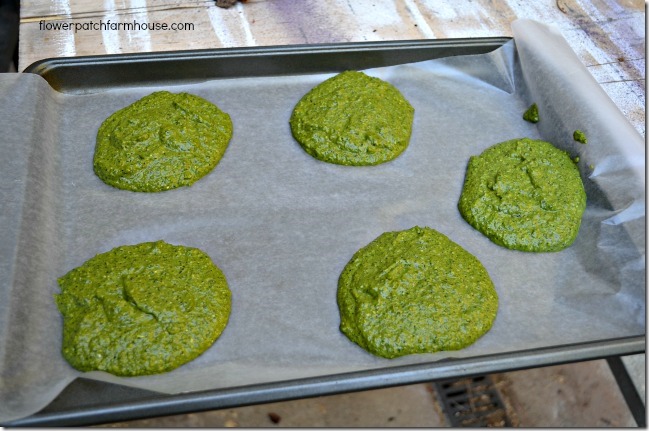
We love pesto on fettuccine but other ways I love to serve pesto is over a block of cream cheese for crackers or stir them into sauteed vegetables.
I hope you enjoy this fabulous summer treat!
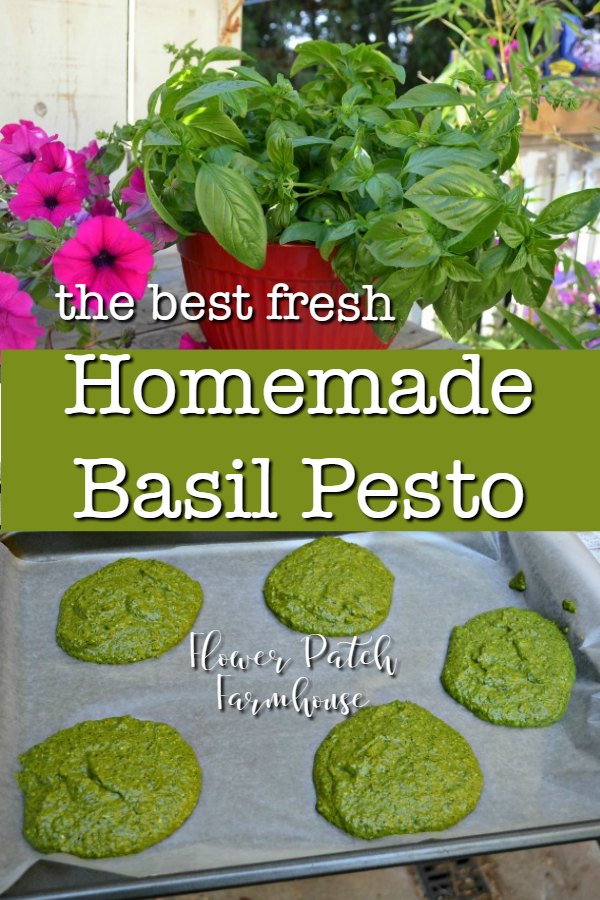
the Best Homemade Basil Pesto
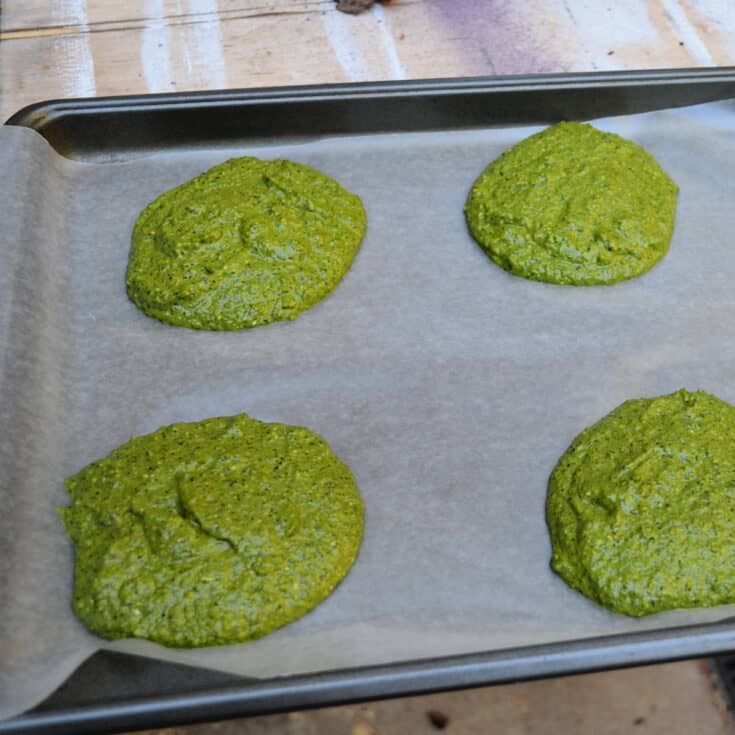
The best homemade basil pesto. A different take on a classic recipe. Delicious on pasta, sliced baguettes, or as a pizza sauce.
Ingredients
- 1/2 cup fresh grated Asiago cheese
- 1 teaspoon salt
- 1/2 cup pine nuts lightly toasted
- 4 cloves garlic
- 4 cups fresh basil leaves
- 1/2 cup good olive oil
Instructions
- Lightly toast pine nuts in a dry frying pan over medium-low heat. Stir gently as they toast to a golden brown. Be careful not to burn.
- Pack processor or blender with basil leaves
- Add cheese, salt, garlic, and pine nuts in with the basil. Blend until finely minced. While the processor is turning pour in olive oil. Continue until pesto is smooth.
- Line cookie sheet with parchment paper, drop heaping spoonfuls onto sheet.
- Freeze, remove from freezer, and place individual mounds of frozen pesto into a freezer bag.
Notes
to keep pesto patties from sticking together just cut parchment into sizes slightly larger and place between patties when storing in a freezer bag or container.
If you are making a small batch and wish to refrigerate instead of freeze, place in a small jar, pour olive oil over the top of pesto about 1/4 in thick. This seals the top and prevents the browning of the fresh basil.
More you will enjoy:
Instant Pot Chicken Tortilla Soup
Greek Pasta Salad
Oven Roasted Tomato Sauce
Classic Pesto
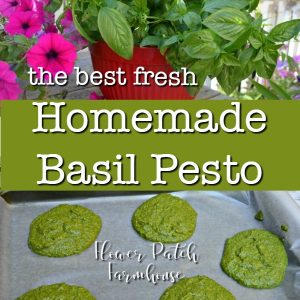

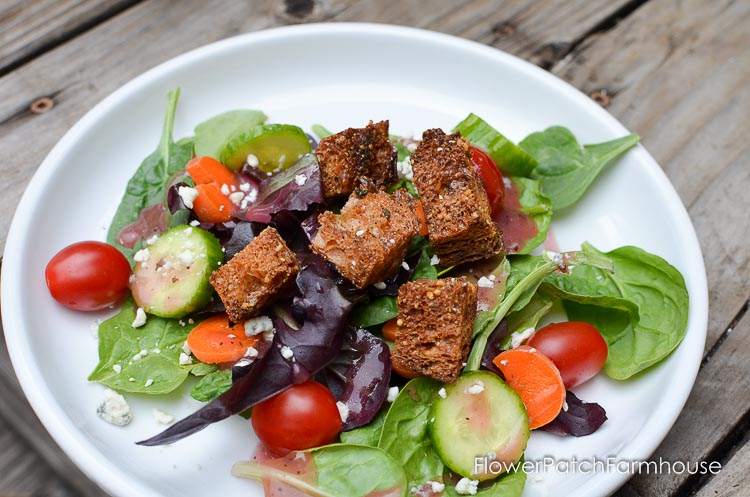
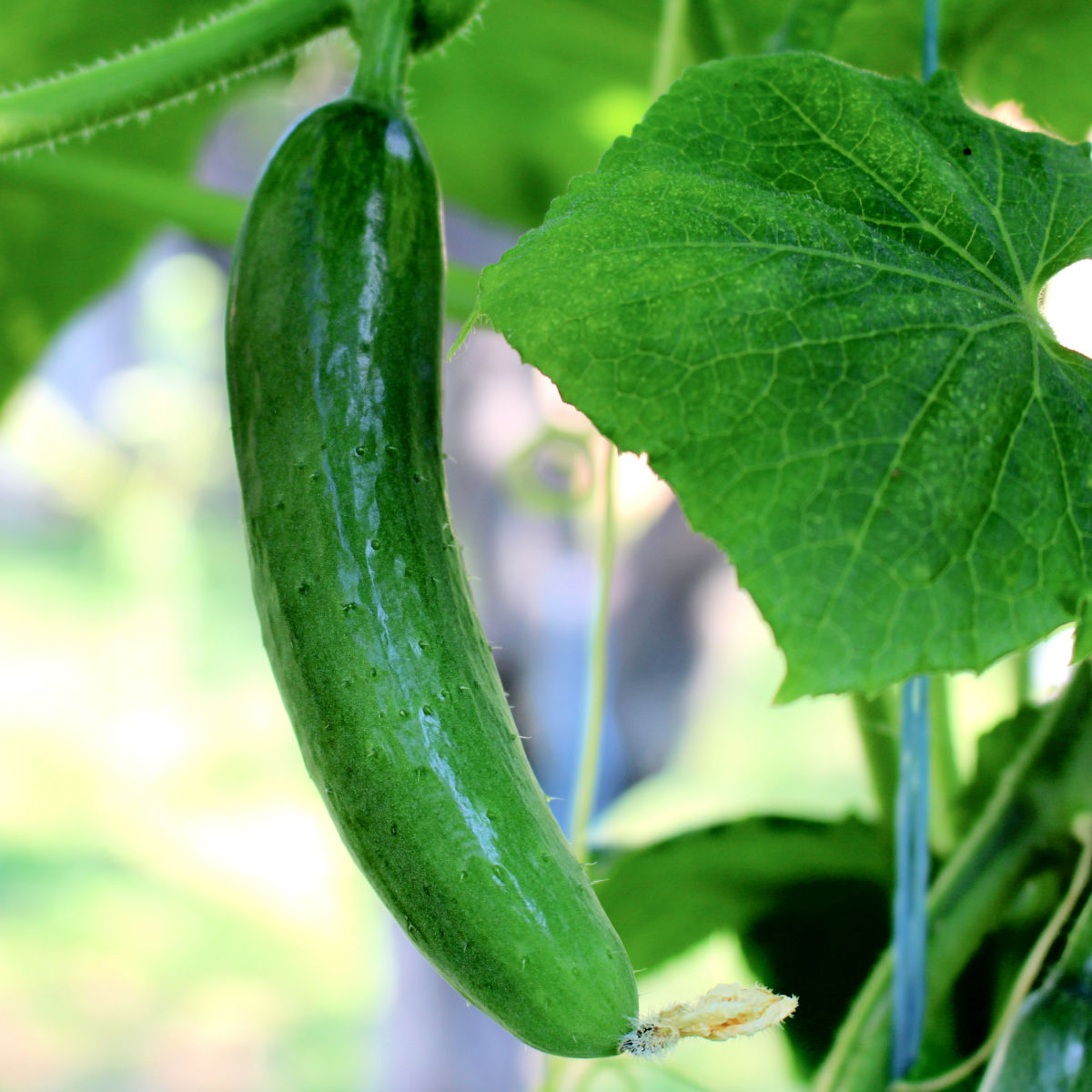
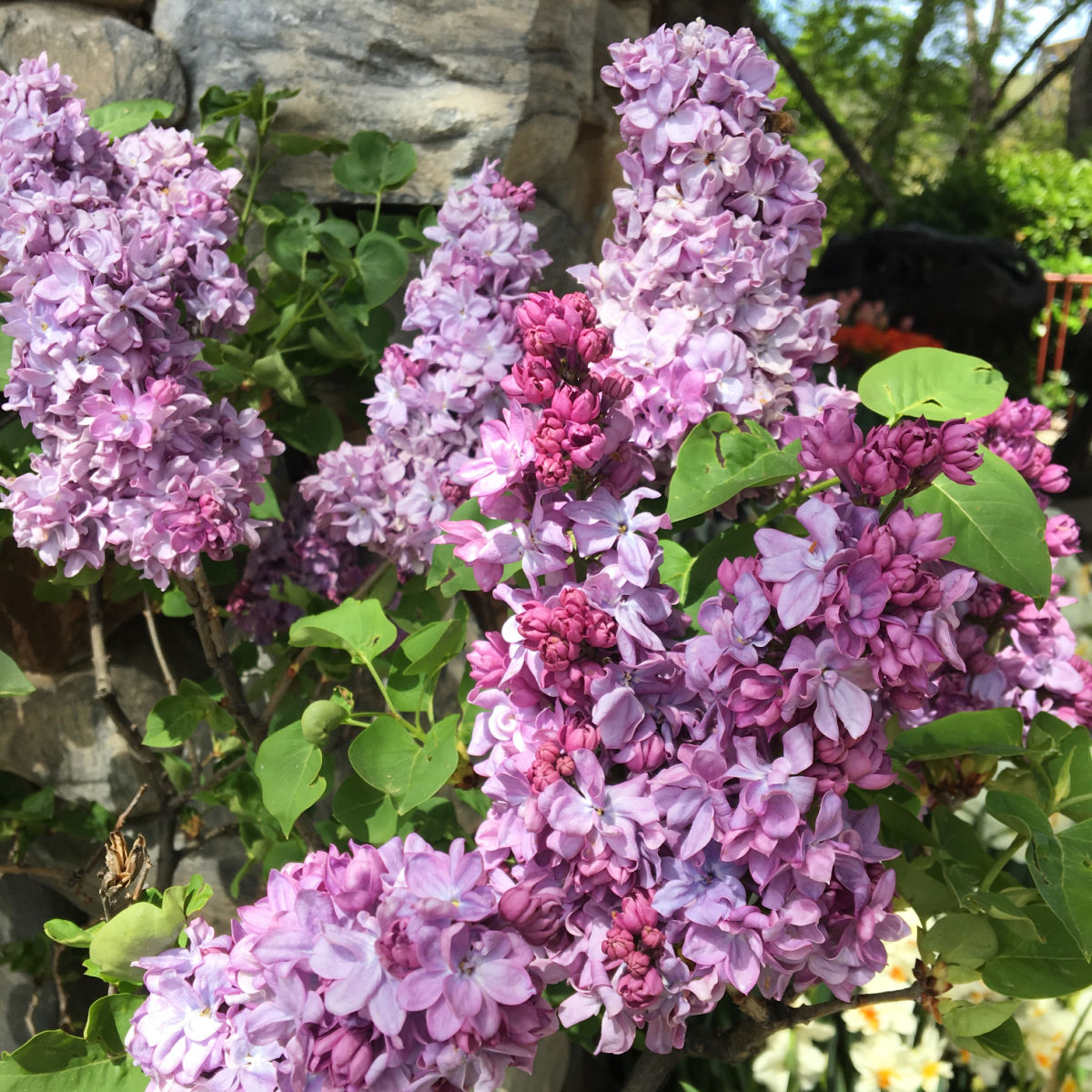
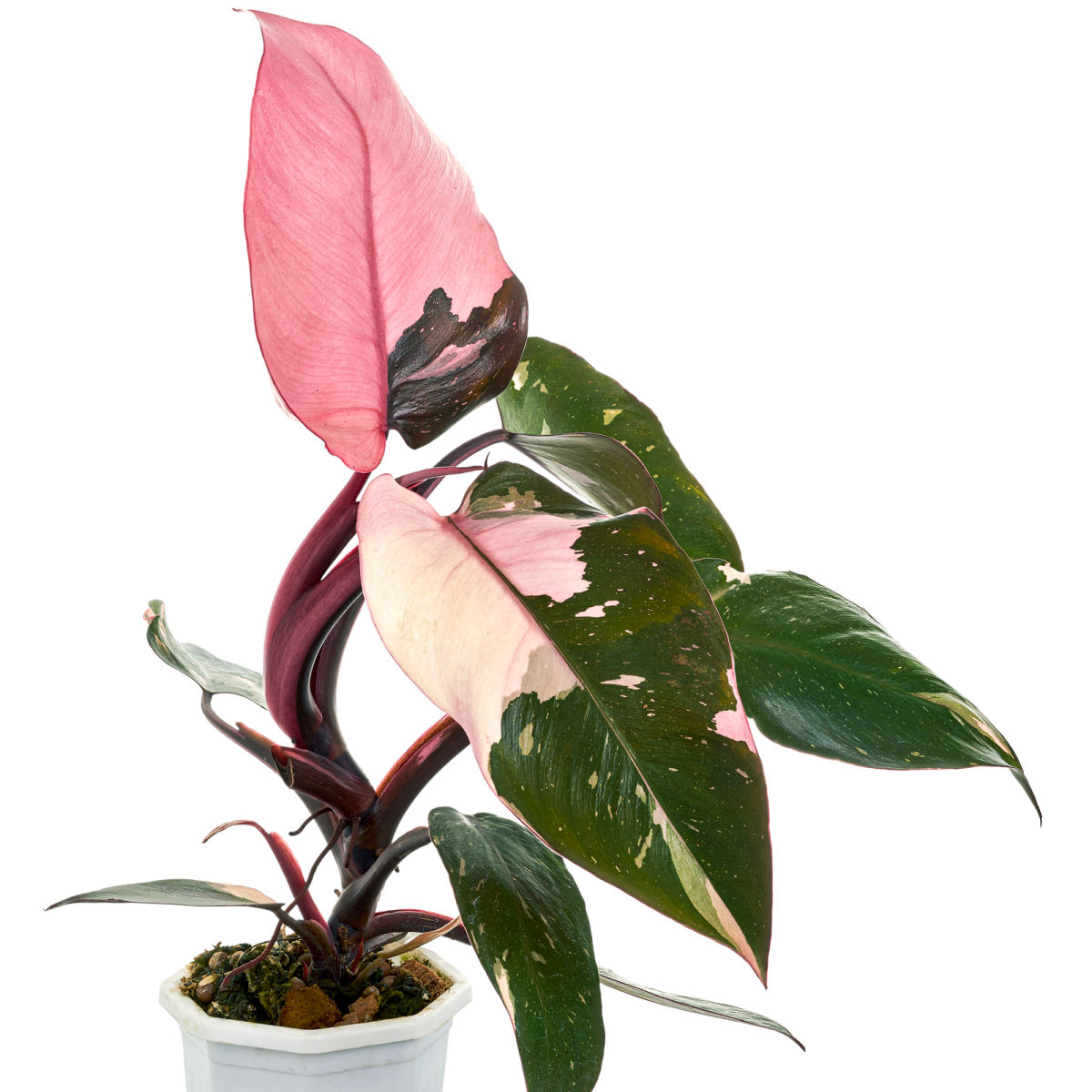
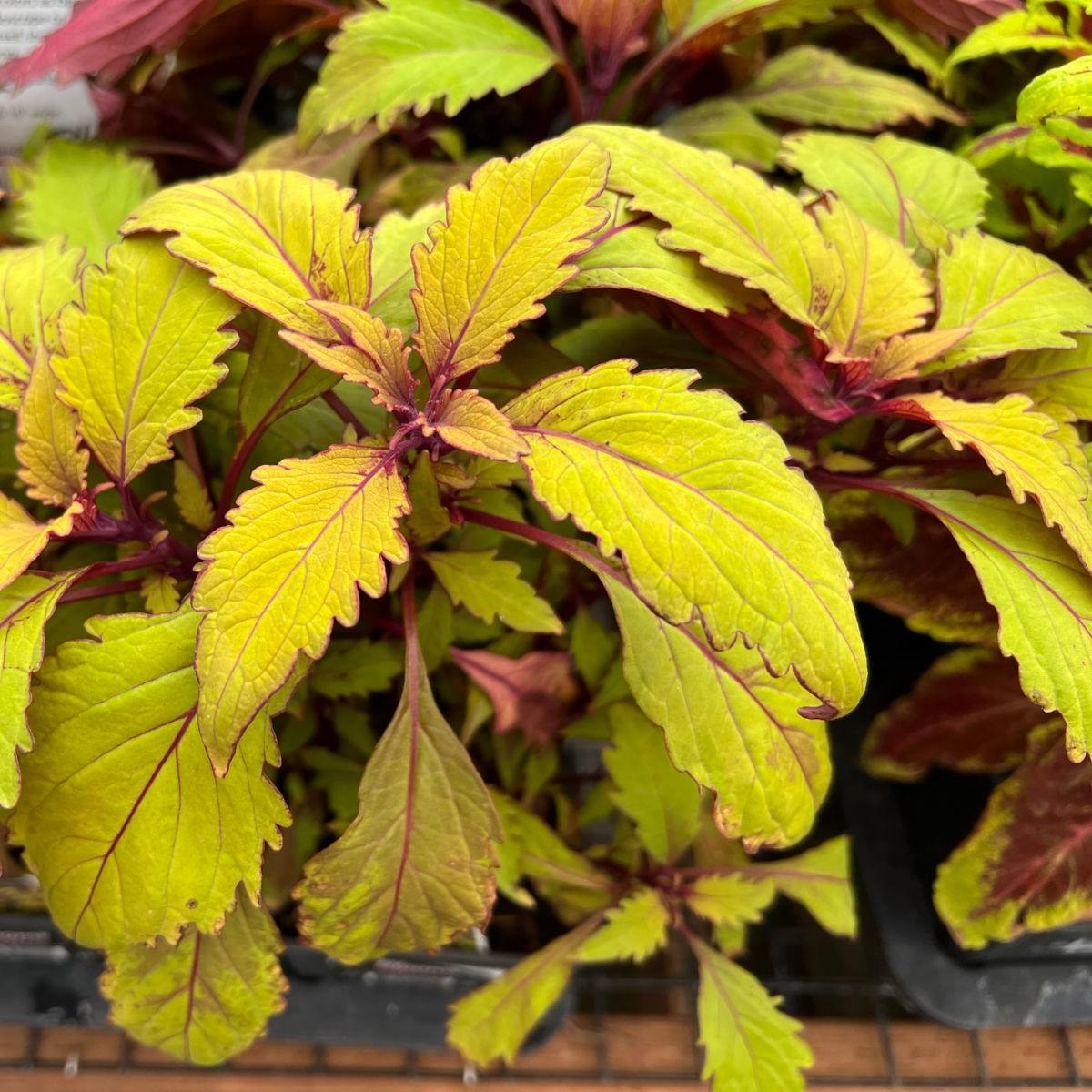
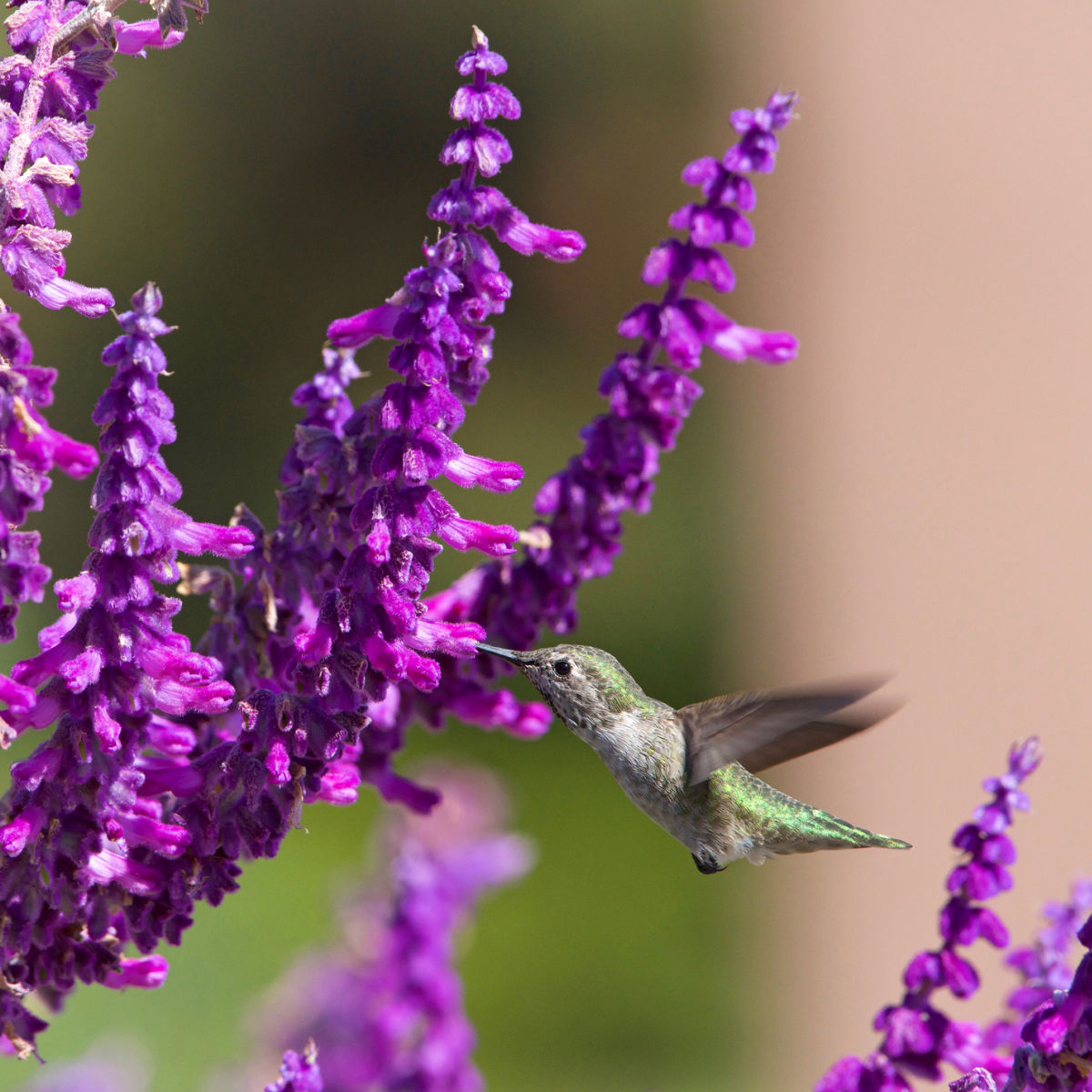
I have heard of that, and where you pick the leaves makes a difference too. The mortar and pestle would work great for small batches but in bulk it would be a bit laborious. 🙂
Great recipe. I know sounds crazy but made with mortar and pestle really does taste better. It is a subtle difference and for some maybe not worth the extra work. But did an experiment both ways and really noticed a difference. Thanks for the Asiago idea. I may try that. Have not tried with walnuts yet. It does freeze very well either way. Thanks!
What a great idea to drop the pesto on a cookie sheet and freeze. We don’t have ice cube trays anymore and I was wondering what I could substitute. Thank you!
I love pesto and this is a very easy way to make it! Thanks so much for sharing the great recipe!
Have a fabulous weekend!
Hugs from Portugal,
Ana Love Craft
http://www.lovecraft2012.blogspot.com
It is fairly simple, the hardest part is pulling or cutting all the basil leaves off the stem. The rest is a cake walk.
I will have to try the lime juice trick, I know it is a great flavor enhancer in other dishes so why not pesto!
Love the recipe and am adding it to my re-do “yummy” list. Had to cut back on the garlic, since it doesn’t like me so well. But added 1/2 teaspoon of fresh squeezed lime juice to substitute. It is yummy, yummy.
These are probably the most simple instructions and recipe for bulk pesto I’ve ever seen. I always thought pesto was a pain to make. I can’t wait to try it with my new all-natural olive oil from Chile (evoo of the month club). I’m hoping it will work in my NutriBullet if I just dump everything in at once. Thank you for this!